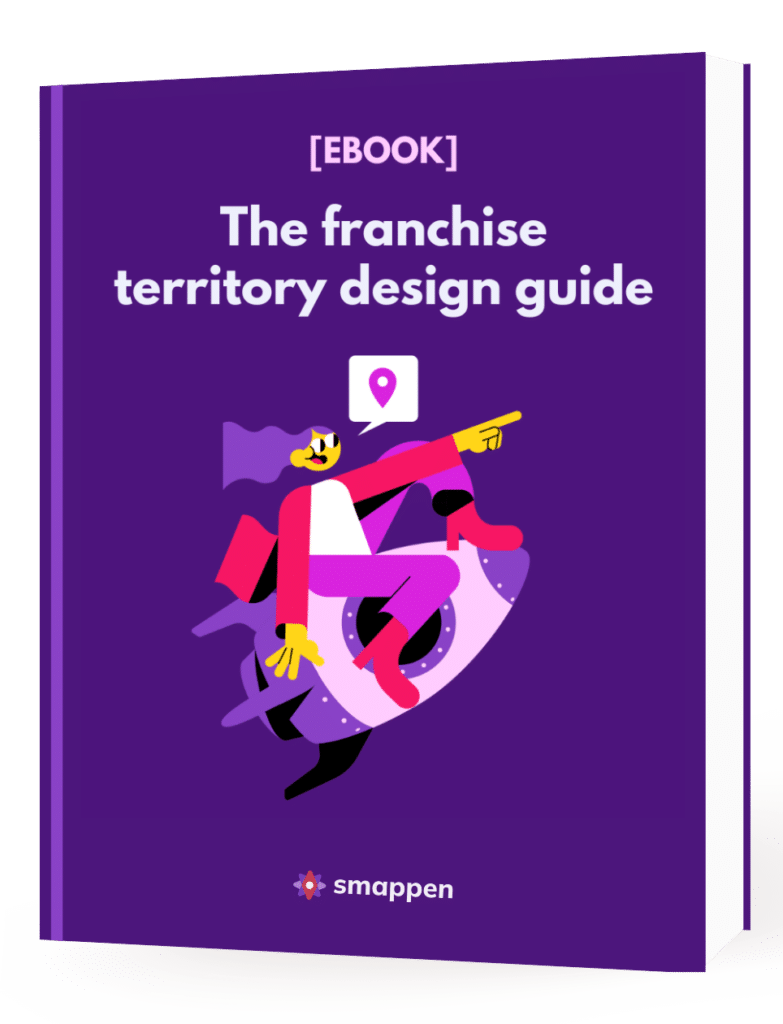Is your sales team missing its quotas but you’re not sure why? Maybe you’ve tried giving them more sales tools, more time to hit quota, and more leads, but nothing’s working. It might just be that you haven’t properly mapped your sales territories, and your salespeople aren’t spending their time as efficiently as they could.
Here’s your guide to closing more deals with sales territory mapping.
What is sales territory mapping?
Sales territory mapping is all about using data to partition your potential customer base into sections that you can dish out to your sales representatives. If you’re using a dedicated CRM (customer relationship management) platform or sales software like Salesforce, then you probably already have access to dedicated sales territory mapping features. That means you can use customer data to map your sales territories automatically, without much manual work. But you don’t need expensive software to do this, as you’ll learn from this guide.
5 types of sales territories
While the word “territories” might make you think of geographical boundaries, there’s more than one way to define your sales territories.
- Geographic territories: This may be the most intuitive type of sales territory. Essentially, your sales territories are defined by some kind of geographic boundary, whether that’s municipal limits, zip codes, or even entire states.
- Customer territories: These sales territories are defined by characteristics relevant to your customer base, from the size of their organization to their yearly revenue.
- Product territories: If your organization sells multiple products or services, you might make each offering its own “territory” and assign each one to a sales team.
- Sales channel territories: Just like splitting up your sales territories by product, you can do that by sales channel, too. You could have wholesale territories, retail territories, and so on.
- Industry territories: It’s possible that customers from specific industries need a specialized sales approach to close. If so, defining your sales territories by industry could be a great strategy.
Now that you know what sales territory mapping is, let’s get into why it’s important and how it’s done.
The impact of sales territory mapping on your sales strategy
Kickstarting a successful sales strategy
No matter the size of your organization, your sales strategy can go through phases where it feels like a patchwork of ideas that worked for others and half-completed initiatives. This is especially true if you haven’t defined your sales territories yet.
Whether you’re building a new sales strategy from scratch or revamping an existing one, properly mapping your sales territories is an important first step.
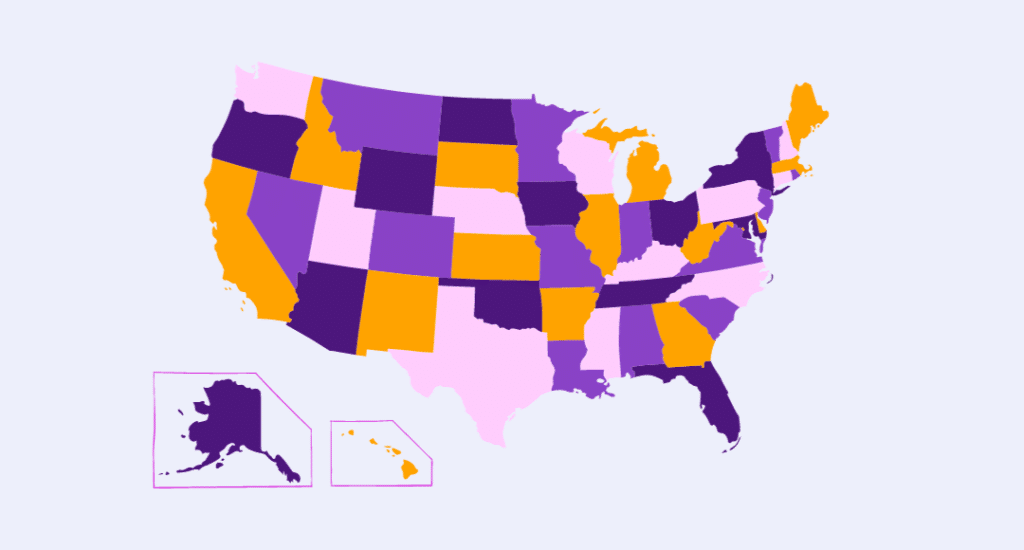
Optimizing travel times for salespeople
If you have traveling salespeople but you haven’t mapped your sales territories, then you’re probably overspending in travel costs and dealing with frustrated, unsuccessful reps. Taking the time to map out your territories—especially if you use geographic territories— can ensure that your salespeople take the most efficient route throughout their designated area, and are more likely to close deals when they get to their destination.
Increasing close rates
When salespeople work across your entire list of prospects, with not much thought given to who’s best suited for what kind of lead, the team can only be so successful. Properly mapped sales territories help focus a salesperson’s efforts on the leads they’re most likely to close, whether that’s due to their region, industry, or the product they’re looking for.
How to map your sales territories
Step 1: Set your goal
Before you pull up a map or start looking at your customer data, sit down and think through what you’re trying to accomplish. Ask yourself what problems you’re trying to solve, and you’ll likely find a type of sales territory that fits your needs. Here are a few problems you can solve with sales territory mapping.
- “My sales team’s travel expenses are through the roof, but they’re not closing enough deals to recoup those costs.”
- “Product A sales are holding steady, but sales for Product B are declining. I’ve noticed that some of the people on my team are better at selling Product B, but hardly take any calls for it.”
- “I built a team of salespeople thinking I needed generalists, but not all of them excel at every sales channel.”
- “We’re getting a lot of leads from a specific industry, but our deal close rate in that industry is much lower than our baseline.”
Step 2: Identify your ICP
No matter what kind of sales territory you end up going with, it’s important to know your ICP (or ideal customer profile). This isn’t just a well-defined customer profile; it’s the one that brings in the most revenue while costing you less to acquire. With some research, you might determine that your ideal customer makes at least six figures a year, lives in an urban area, and owns a car. If you’re targeting businesses, you might find out that your ICP is a small business with just a few employees that’s been open for at least three years.
With this information in hand, you’ll have a better idea of the type of sales territory you should define and how to define them.
Step 3: Review your sales data
Thinking through the issues you’re trying to solve and figuring out your ICP is about looking at what’s worked—and not worked— in the past to inform your sales strategy. But you also need to review other sales data to get a picture of your sales pipeline’s present and future.
For example, you could analyze the leads currently in your pipeline, placing a focus on how you acquired them. This can tell you what percentage of your leads were prospected by your sales team, which ones came in through marketing channels, and so on. This is crucial information for your sales territories.
Step 4: Map your territories
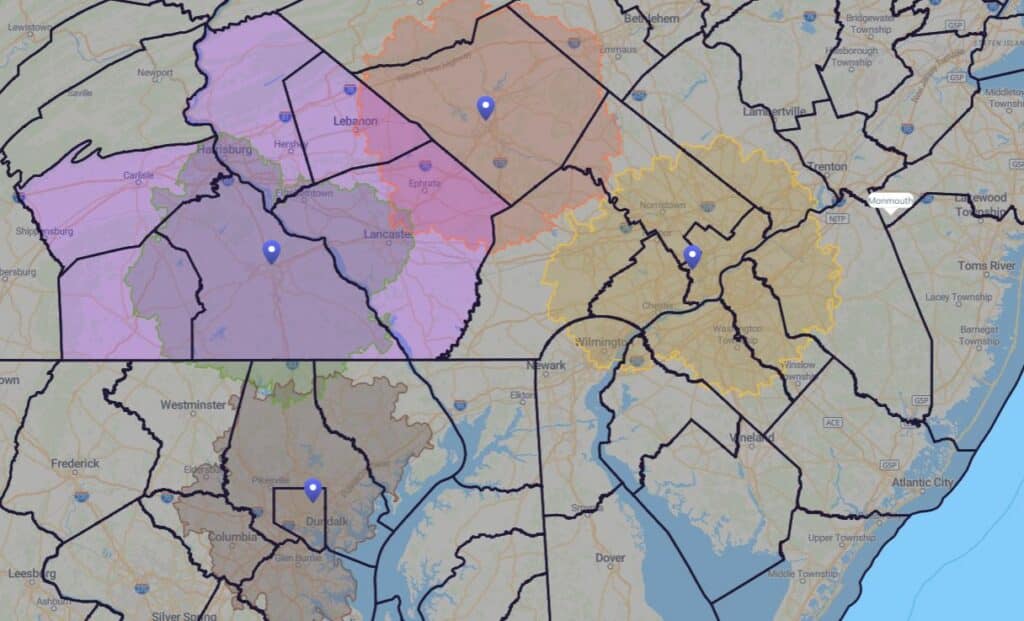
You’ve done your research and you know what territories you need. Now it’s time to actually map them out! How you do this will change based on the type of territory you’re mapping.
- Geographic territories: Use a mapping tool to visualize your sales territories based on the boundaries you’ve selected, like zip codes or municipalities, and adjust as necessary.
- Customer territories: Pick the characteristics you’ll use to define your territories, then use your CRM platform or a spreadsheet to split up your leads based on them.
- Product territories: Simply tag each prospect with the product they’re looking to purchase in whatever tool you use to manage them and assign them to their respective territory.
- Sales channel territories: Much like with product territories, this is just a matter of properly tracking which sales channel your prospects come in on and having your CRM reflect this.
- Industry territories: If you’re not already tracking this information with existing prospects, start doing so. Then, just partition them out in your CRM to map your territories.
3 tools for sales territory mapping
Like many aspects of your sales strategy, sales territory mapping is much easier when you have the right tool for the job. No matter what type of sales territories you decide to go with, there’s a tool out there for you. Here are some examples.
Location intelligence tools
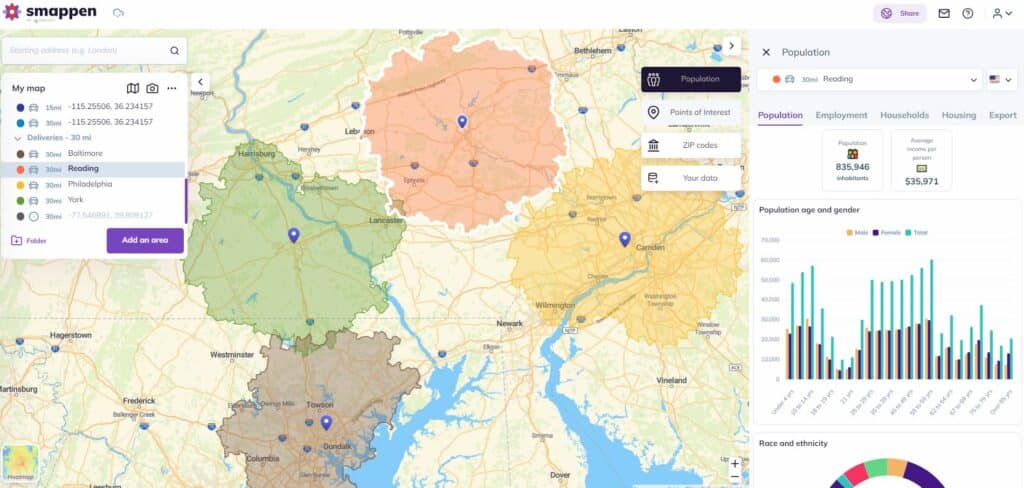
A location intelligence tool helps you capture geographical data and visualize it on a map. That makes it ideal for mapping all sorts of territories. You can use a tool like Smappen to draw out geographic territories based on travel times, create customer territories using US Census data, and more.
CRM platforms
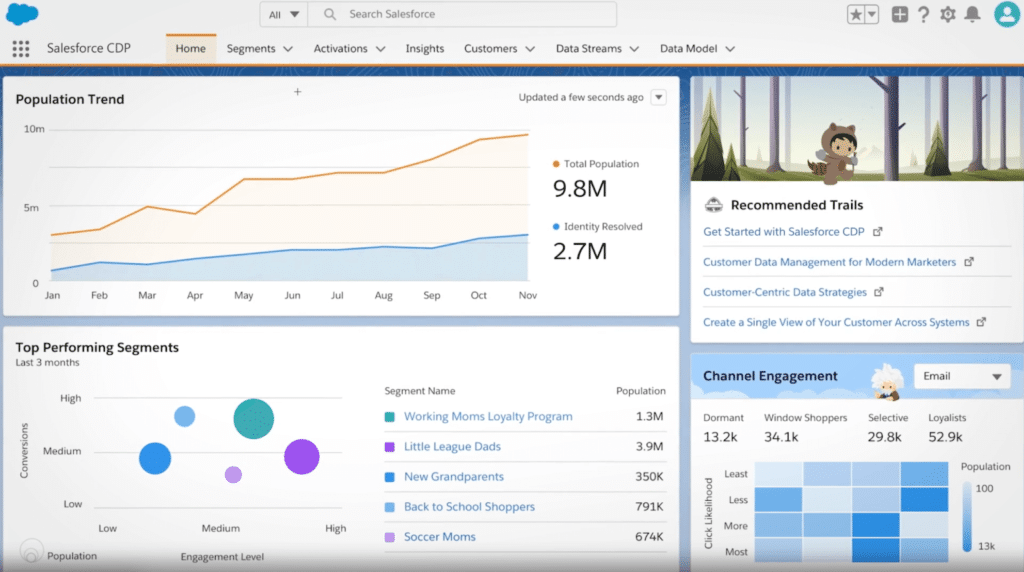
CRM platforms are essential for sales teams. They help you collect all customer data in one place, track your sales team’s performance, and manage your sales pipeline. But some of them, like Salesforce, have built-in sales territory mapping features.
Route planners

Route planners like Badger Maps allow traveling salespeople to map out the most efficient path through their territory. Naturally, this makes them a strong choice for mapping out geographic sales territories, though they won’t have as much location data as a dedicated location intelligence tool.
Off the map
Sales territory mapping is an essential part of your sales strategy, and it can make the difference between meeting your quotas and missing your targets. Just make sure you’re using the right type of sales territory for your business, use customer data to help define them, and pick the right tool for the job.

